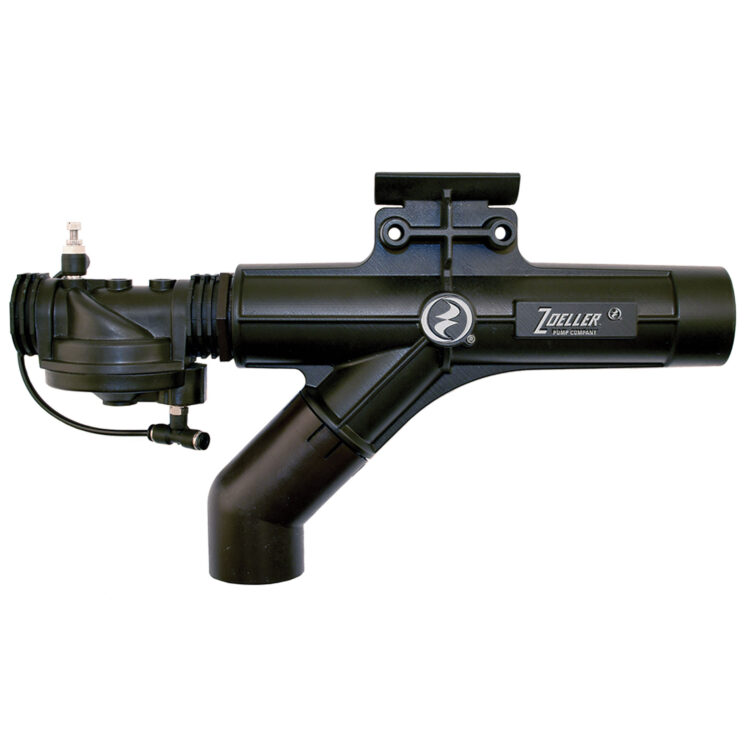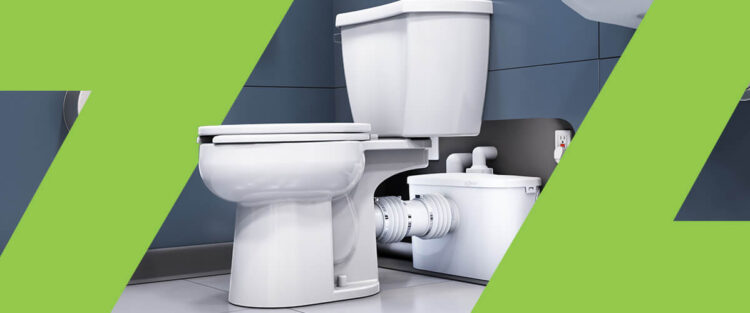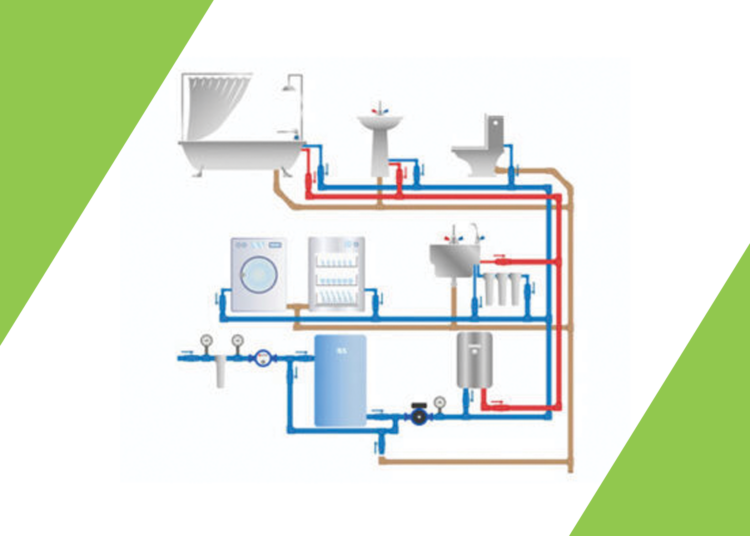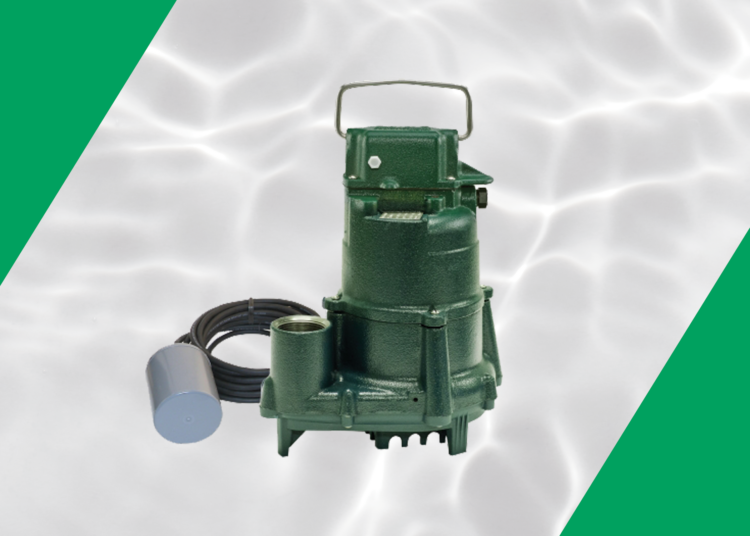When primary sump pump systems fail, water-powered sump pumps use water pressure to remove water from basements. A primary pump system can fail during heavy rainfall, floods, and storms if a home loses power or the pump malfunctions. A water-powered pump uses a home’s water supply to create a suction that ejects water outside of the home when a primary pump fails.
When water accumulates in a basement, it can cause significant damage, especially if the basement is furnished. Collected water can damage walls, floors, carpeting, furniture, and valuable belongings. Protecting an important space like this can save homeowners time and money on potentially costly repairs.
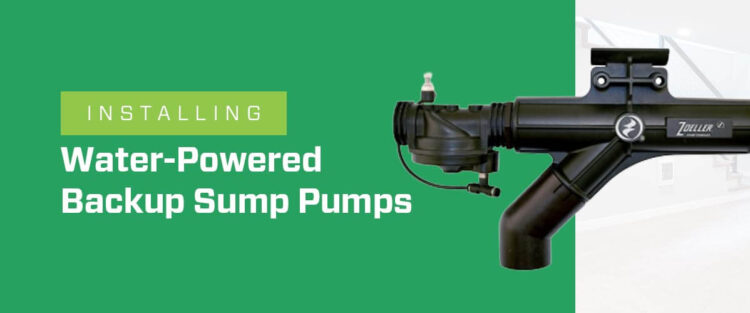
What Is a Water-Powered Backup Sump Pump?
A water-powered backup sump pump is a pump that removes water from a basement when a primary pump fails. If a primary sump pump is powered by electricity, it will stop working when heavy rainfall or a storm causes a power outage. Since they require no electricity, backup pump systems can start working during a power outage to make up for the primary pump. Emergency backup pumps can be battery-powered or water-powered. Water-powered sump pumps operate on water pressure.
Why Is an Emergency Backup Sump Pump Important?
Having a sump pump emergency backup is important because it protects homes from damage when a primary pump fails. Primary sump pumps can fail or malfunction unexpectedly, causing inconvenient and costly damages if a backup system is not in place.
While flood insurance covers some items and cleanup costs, homeowners cannot rely on it to cover all costs if their basement becomes flooded. An emergency backup sump pump can give homeowners peace of mind that their property is safe from flooding and the following:
- Damaged furniture
- Destroyed carpeting
- Wall damage
- Mold
- Damaged belongings
A basement is important to a home’s structure and value, especially if a homeowner spends time and money to remodel or finish it. It may be a space for family gatherings, an office, an additional bedroom, or simply an extra storage space. Protecting this important part of a home is important because water damage can be challenging and costly to repair.
Carpeting and furniture may need to be replaced if a basement floods, and water can also damage walls. Water creates moisture and humidity, which provides ideal conditions for mold growth. Mold can grow on ceiling tiles, drywall, cardboard, carpet, fabric, upholstery, wood, wallpaper, and insulation. Mold can cause health complications such as shortness of breath, coughing, wheezing, fever, itchy skin, or red and itchy eyes.
When Are Backup Sump Pumps Necessary?
Backup sump pumps are necessary for any home with a primary sump pump. A primary sump pump can fail unexpectedly, leaving homeowners with no way to clear accumulating water from their basements. Backup sump pumps are necessary at all times because primary pumps can fail for any of the following reasons:
The Pump Becomes Overwhelmed
Sump pumps have different horsepowers and capacities to handle water intake. If a pump’s horsepower and capacity cannot handle water flowing into a basement, it can become overwhelmed and shut down. A backup sump pump can activate when a primary pump takes in more water than it can handle.
Power Failure
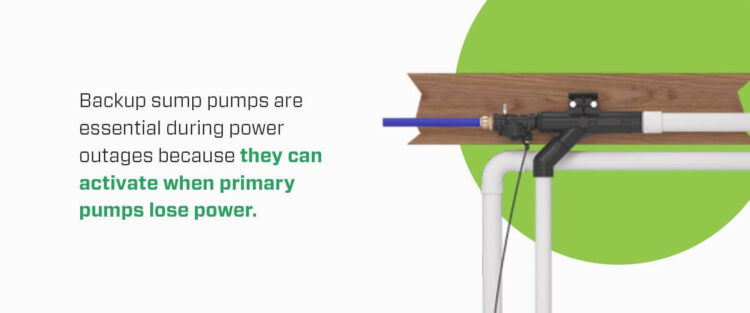
Primary pumps operate on electricity, which means they cannot operate if a home loses power. Power outages can happen for various reasons, and they often occur unexpectedly. Backup sump pumps are essential during power outages because they can activate when primary pumps lose power.
The Switch Becomes Stuck
A stuck switch is a common malfunction in sump pump systems. A float switch can become lodged in the side of a pump, preventing the pump from operating. If this occurs, a backup sump pump can begin operating when the primary pump fails to move water.
The Discharge Pipe Becomes Clogged or Frozen
A primary pump can also fail if the discharge pipe becomes frozen or clogged. A water-powered backup pump connected to a separate discharge pipe can eject water from a basement when the primary pump’s discharge pipe is blocked.
Wear and Tear
Age and general wear and tear can gradually cause a primary sump pump to fail. If a primary pump has completed its life span and is no longer able to operate, a water-powered backup sump pump can take over and remove water when the primary pump fails.
How Does a Water-Powered Backup Sump Pump Work?
A water-powered backup sump pump uses water pressure to operate, and it starts working when a primary pump fails. If a power outage causes a primary pump to stop working, water will start to rise above the pump’s float. Once the water rises above the float, the water-powered pump will automatically take over and start removing water from the basement.
When a water-powered sump pump activates, it opens a valve for municipal water to flow through. The municipal water passes through the open valve, and a narrow nozzle pressurizes it. The pressure causes the water to shoot through the pump at a high speed, which creates a vacuum that suctions water out of the sump pit and ejects it outside the home.
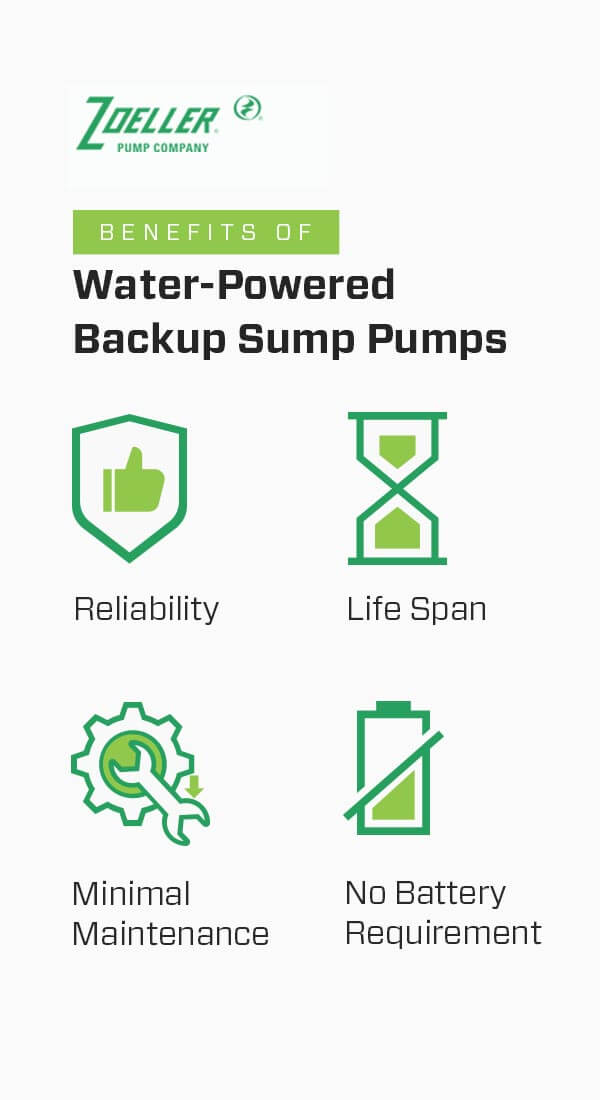
Benefits of Water-Powered Backup Sump Pumps
Water-powered backup sump pumps are excellent choices for properties because they are reliable, long-lasting, and easy to maintain. Offering the option of a water-powered backup sump pump to your clients provides them with the following benefits:
1. Reliability
Water-powered backup sump pumps are very reliable. While battery-powered pumps rely on batteries for power, water-powered pumps will operate as long as a house has water. Water-powered pumps can also operate for longer periods than battery-operated backup pumps because battery-operated pumps typically work for only a few hours before they need battery replacement. Homeowners can have peace of mind that their emergency backup sump pumps will work when they need them to.
2. Life Span
Water-powered backup pumps typically last 10 years, and homeowners can take measures to increase a water-powered pump’s life span. Some water-powered sump pumps can last up to 20 years if homeowners do the following maintenance:
- Testing hardware: Homeowners can prolong a water-powered pump’s hardware to make sure there are no malfunctions.
- Performing checks: Checking pumps for strange noises and leaks can also help to prolong a water-powered pump’s life span.
- Testing performance: Homeowners can test a water-powered sump pump’s performance by filling it past its float with water until it turns on.
3. Minimal Maintenance
A water-powered backup sump pump’s simple design allows it to operate with little maintenance. It contains fewer moving parts to maintain or replace, making it easy to take care of. However, it is still important to schedule annual maintenance and test a water-powered pump every few months to ensure it works properly.
4. No Battery Requirement
Since water-powered sump pumps operate on water pressure instead of batteries, homeowners can avoid purchasing battery replacements. Unused battery-operated sump pumps typically require new batteries every few years, and they require battery replacements even more often when they operate. Water-powered backup pumps can help homeowners save money by eliminating the need for batteries.
How Much Does It Cost to Install a Water-Powered Backup Sump Pump?
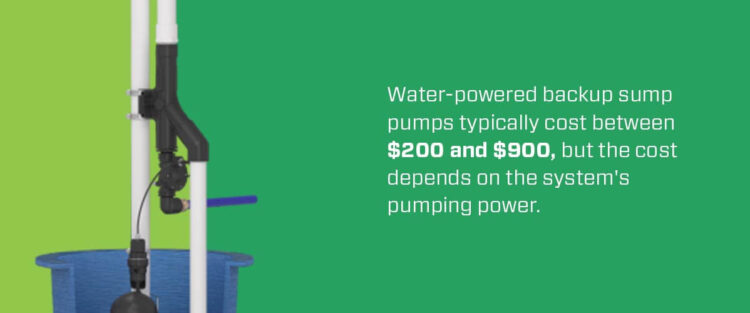
Water-powered backup sump pumps typically cost between $200 and $900, but the cost depends on the system’s pumping power. Backup sump pumps with higher pumping power have higher costs, and water-powered backup pumps typically cost more than battery-operated pumps. However, when homeowners invest in water-powered backup pumps, they can save money on batteries because water-powered pumps operate on water pressure.
How to Install a Water-Powered Backup Sump Pump
The 540 Flex® backup pump is a high-capacity sump pump backup that operates efficiently to remove water when a primary pump fails. If you want to offer your clients peace of mind about their sump pump system, you can offer the 540 Flex® as a reliable second line of defense. You can install the 540 Flex® horizontally or vertically with the following steps:
- Place the pump in the pit
- Install the suction pipe
- Install the float valve
- Install tubing
- Install discharge piping
- Install source water piping
- Test pump operation
Where Can I Buy a Water-Powered Backup Pump?
If you are looking for water-powered backup system distributors, Zoeller Pump Company manufactures reliable water pumps for contractors across the country. Zoeller’s sump pump systems are manufactured in the United States using 95% U.S. content. You can purchase the 540 Flex® water-powered backup sump pump from a distributor near you.
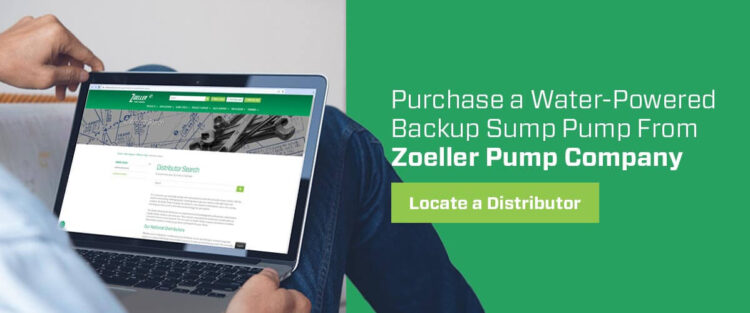
Purchase a Water-Powered Backup Sump Pump From Zoeller Pump Company
Installing water-powered backup sump pumps for your clients can give them valuable peace of mind. Protect your client’s homes with a quality water-powered sump pump from Zoeller Pump Company. Locate a nearby distributor to purchase an effective, long-lasting water-powered backup pump.

